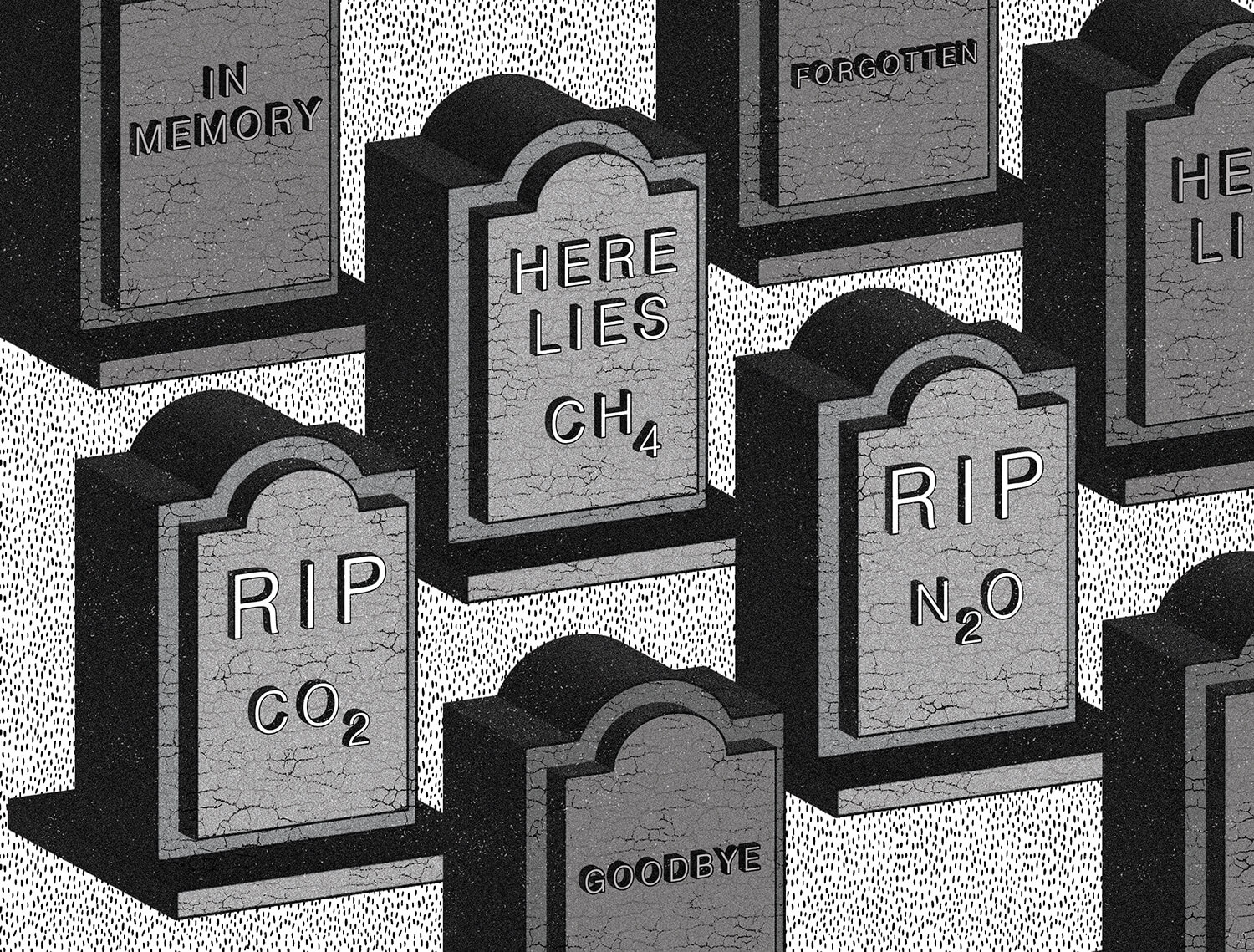“We don’t take an equity share in the organization,” Summers says. “We don’t demand payback of our dollars. But in exchange we require the information to be made publicly available. What we want to see is the accrual of benefits to the province of Alberta.”
One of the competition’s biggest applications is a joint venture from Enbridge and Capital Power Corporation, which plan to repower parts of Capital’s Genesee Generating Station near Warburg to capture, convert and store up to three million tonnes of CO2 annually, transported through Enbridge pipes, which could also serve other local industrial companies.
“You need a shared solution,” says Adam Chalkley, director, low carbon development at Enbridge. “That’s why we came together with a plan that allows for multiple emitters to move forward with their capture projects. We look at the hub as an enabler for those capture projects because they can design the right capture facility onto their specific asset. And then we take care of how to move it and permanently store it underground for multiple companies.”
The Genesee generating station consists of three coal plants. The coal burners in one of them will be switched to natural gas, and two others will be refurbished with new gas turbines. “When you smash all that together, you get what we call a natural gas combined cycle train, which is very efficient, and provides a lower emitting baseload type of generation, which is really important with carbon capture,” says Capital Power Director, Commercial Management and Carbon Technologies, Breanne Fox.
Baseload means reliability, and reliability means electricity, Fox explains. When the day comes when Alberta relies in part on wind energy, and it happens to be perfectly calm for those few days in late summer, the repowered Genesee station will provide safe, efficient baseload power.
Capital Power converting from coal to gas is itself a massive reduction in carbon emissions. Capturing the reduced CO2 emissions is the next big step. “We’re not interested in a science experiment,” Fox says. “We’re talking about capturing upwards of three million tonnes of CO2 annually. The existing sites that you see in Canada are about a million tonnes — we’re talking triple that size. It will arguably be the largest in the world.”
